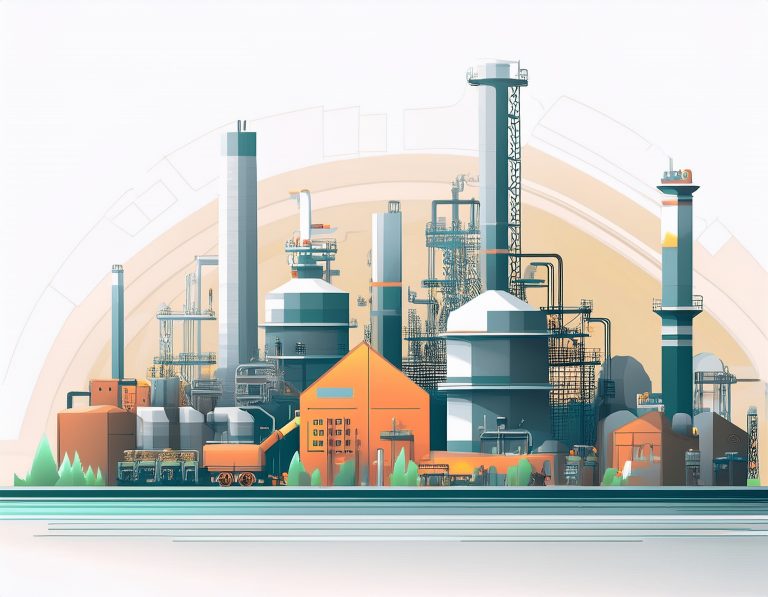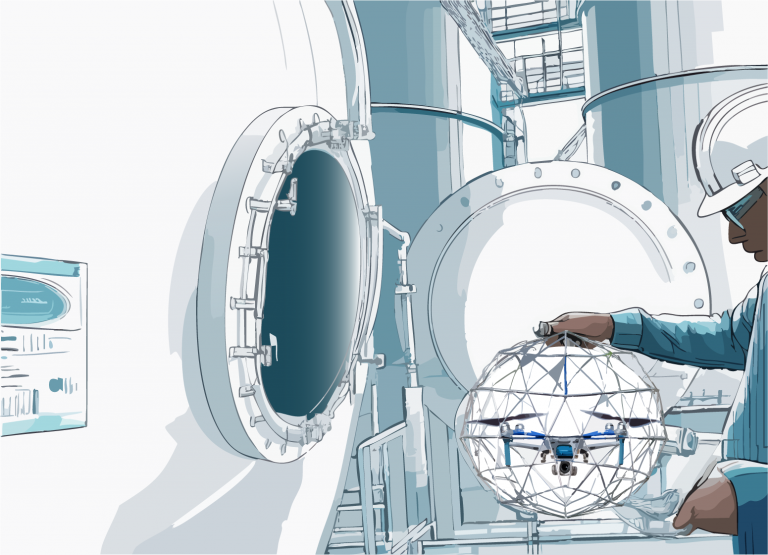The Industrial Translation Gap: Why 87% of Robotics Deployments Fail at Scale
Industrial Robotics Deployment Challenge – The industrial robotics market tells the same story across every sector. Engineering teams develop brilliant solutions, deliver compelling proof-of-concepts, and win enthusiastic support from innovation departments. Yet McKinsey’s 2024 Manufacturing Survey reveals a sobering truth: 87% of these initiatives never scale beyond the pilot phase.
The pattern is as predictable as it is expensive. Initial deployments get delayed, then scaled back, then quietly shelved. Operations teams revert to familiar manual processes, leaving sophisticated robotics equipment gathering dust in maintenance shops worldwide. This costs industrial companies an average of $2.3 million per failed automation project.
Here’s the uncomfortable reality: this isn’t a technology problem. It’s a translation problem.
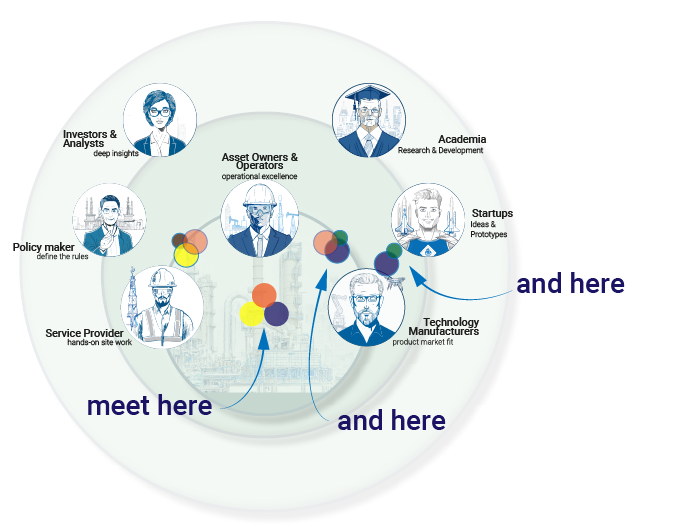
The Recurring Pattern: From Proof-of-Concept to Production Purgatory
Walk into any major manufacturing facility and you’ll find the same story. Technical teams speak in APIs, protocols, and performance specifications. Operations teams think in shift handovers, maintenance windows, and production targets. Between these two languages lies a communication chasm that swallows robotics projects whole.
Field personnel often dismiss advanced solutions with comments like “My smartphone can scan that component in 30 seconds. Why do I need a $50,000 LIDAR system?” Meanwhile, developers underestimate operational complexity, suggesting operators “just run the photogrammetry script, export the point cloud as .ply, process it through MeshLab, and convert to .stl, simple.”
These conversations reveal the fundamental disconnect. The technical capability exists, but the communication framework doesn’t. We’re witnessing a modern tower of Babel, where brilliant engineering and operational expertise cannot connect because they literally speak different languages.
The Three Components Every Successful Deployment Requires
Successful industrial robotics deployment requires three essential elements working in harmony. Miss any one of them, and even the most sophisticated technology becomes worthless.
The first component is technology that actually disrupts rather than just impresses. Real deployment success demands solutions that cross the 10x improvement threshold, not incremental gains that look compelling in PowerPoint but disappear under operational pressure. Asset owners evaluating robotics solutions need to focus on total cost of ownership including training, maintenance, and integration costs, not just the sticker price of the robot itself.
The second component is deep operational intelligence. Technology teams often design solutions for idealized workflows that don’t exist on actual plant floors. Real operations involve equipment that hasn’t been updated since the 1990s, workflows adapted around decades of institutional knowledge, safety protocols developed through hard-learned lessons, and environmental conditions that challenge every laboratory assumption.
The third component, and where most deployments fail is the translator layer. Without effective translation between technical capabilities and operational realities, even perfect technology becomes worthless. This isn’t about finding someone who speaks both languages; it’s about building systematic organizational capacity to bridge these worlds.
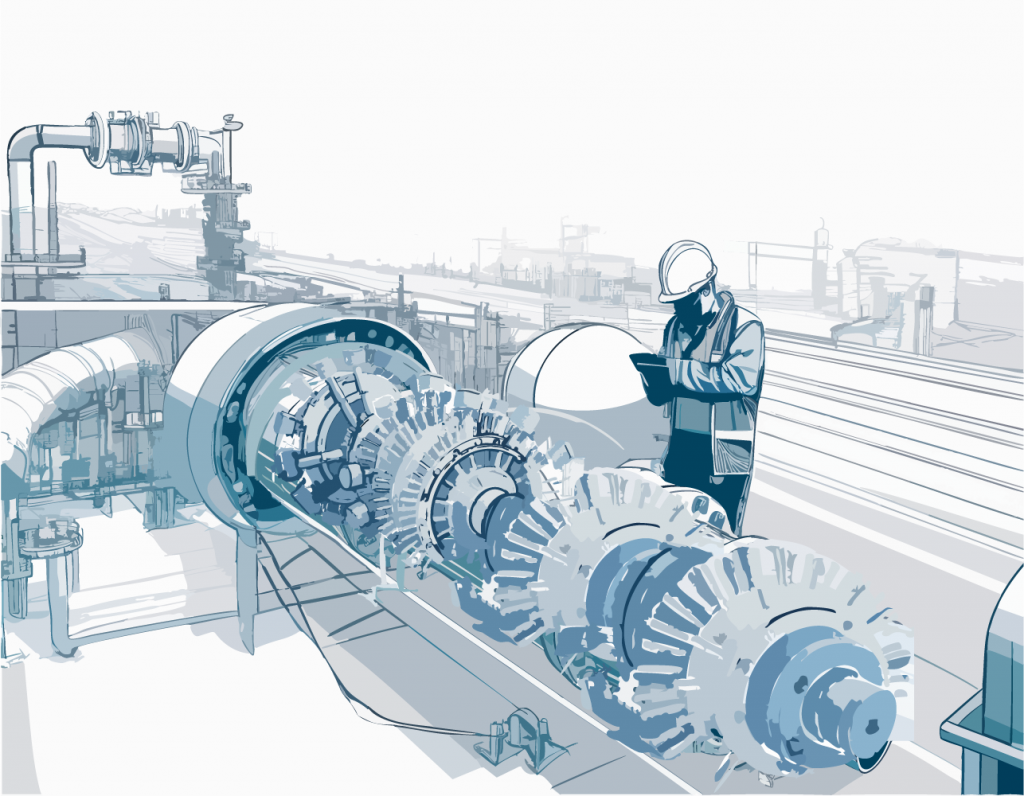
Why Translation Capacity Matters More Than Technology
The most successful industrial transformations don’t happen because of superior technology. They succeed because organizations invest in people who can translate between engineering innovation and operational reality. BMW discovered this decades ago by requiring management candidates to spend minimum four weeks on assembly lines, physically building cars. This immersive experience creates natural translators who can evaluate technology vendors from an operational perspective while communicating strategic vision to technical teams.
The economic impact of building translation capacity is substantial. Organizations that invest in these capabilities achieve 73% higher technology adoption rates, 45% faster implementation timelines, and 62% reduction in post-deployment modifications. More importantly, they see 38% improvement in operator acceptance rates, the factor that ultimately determines whether robotics deployments succeed or fail.
Service providers who develop translation as a core competency gain significant competitive advantage. Their success lies not just in technical capability but in their ability to communicate with client operations teams in language that makes sense. This translation capability enables the transition from hourly billing to outcome-based pricing models that create sustainable competitive advantage.
The Reality Check on Current Robotics Capabilities
Despite impressive demonstration videos and sensational headlines about humanoid robots transforming manufacturing, the practical reality remains constrained. Recent deployments at major manufacturers reveal significant limitations that honest evaluation must acknowledge.
BMW’s experience with humanoid robots in their South Carolina facility provides a sobering example. These sophisticated machines operate only during off-hours, practicing basic pick-and-place operations under controlled conditions. Full production integration remains years away, not months as marketing materials often suggest.
Current robotics technology cannot replicate the subtle wrist movements of experienced welders, the adaptive pressure sensing of skilled assembly technicians, or the intuitive troubleshooting capabilities of maintenance workers. This doesn’t mean robotics lacks value, it means deployment strategies must align with current capabilities rather than future promises.
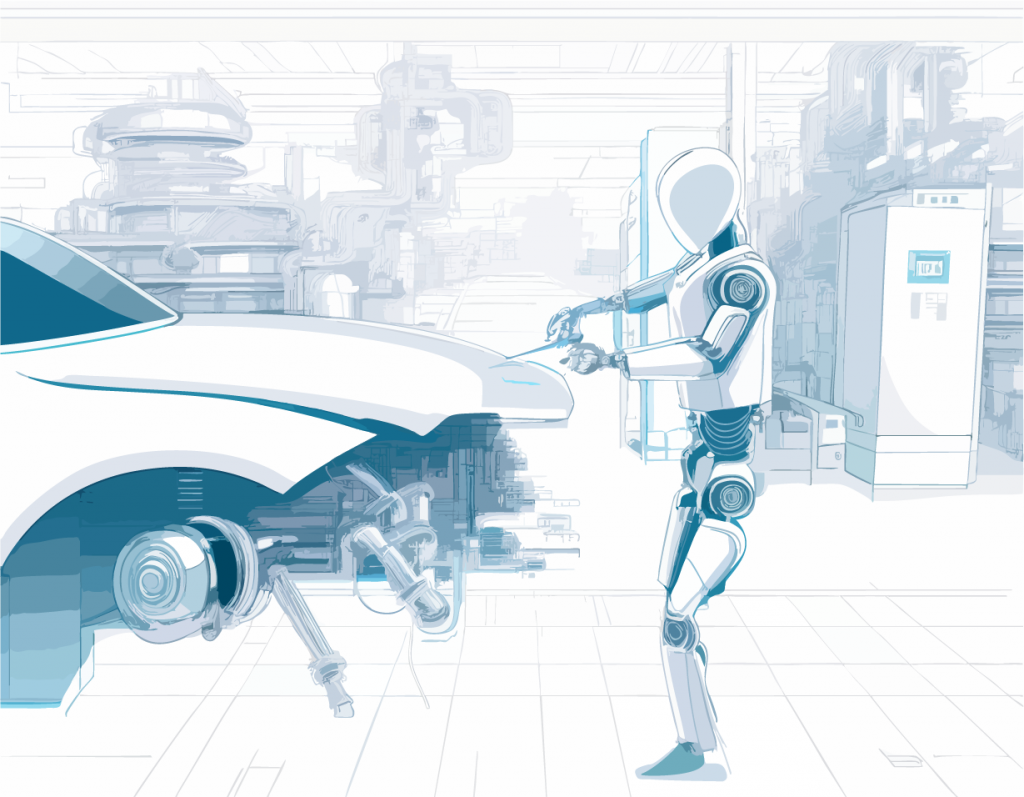
Building Translation Infrastructure That Works
Creating effective translation capacity requires systematic organizational change, not just hiring bilingual engineers. Successful companies establish cross-functional teams that include operations personnel in technology evaluation from initial stages, not just final approval. They create shared metrics that matter to both technical and operational teams, moving beyond pure performance specifications to include factors like training requirements, maintenance complexity, and integration timelines.
Training programs play a crucial role, but they must work in both directions. Technical teams need to spend time in operational environments understanding real workflows, while operations teams benefit from basic technology literacy programs focused on evaluation criteria rather than programming skills. Management teams must develop translation capability as a core leadership requirement.
The most effective organizations establish communication frameworks with standardized evaluation criteria that include both technical specifications and operational impact. They conduct regular cross-functional reviews using shared vocabulary and create clear escalation paths for translation breakdowns.
Learning from Other Industries
Industrial companies can learn from sectors that have successfully solved similar translation challenges. Healthcare uses clinical research coordinators to bridge scientists and practitioners. Construction relies on architects to translate user needs into technical requirements. Legal systems use mediators to facilitate communication between technical experts and decision makers.
In industrial applications, this translates to manufacturing execution system integrators who understand both IT architecture and production workflows, maintenance planners who translate predictive analytics into actionable work orders, and quality managers who bridge statistical process control with operator training.
The Path Forward for Industrial Organizations
Technology developers must commit to operational immersion, spending time in industrial environments understanding real workflows rather than idealized processes. This means observing current operations without immediately proposing solutions, learning the language and priorities of plant floor personnel, and understanding environmental and safety constraints that impact technology deployment.
Operations teams need to engage with technology evaluation beyond simple requirements specification. This involves developing basic literacy in technology capabilities and limitations, participating in proof-of-concept demonstrations with operational perspective, and providing feedback that helps technology teams understand real-world constraints.
Organizational leaders must invest in translation infrastructure by creating roles specifically focused on technology-operations translation, establishing rotation programs between technical and operational functions, and measuring translation effectiveness through deployment success metrics rather than just technical performance.
The Future Belongs to Translation Masters
The robotics revolution will not be won by companies with the most sophisticated algorithms or the most advanced hardware. Success will belong to organizations that master the art and science of translation between technical possibility and operational reality.
Without this translation layer, we will continue seeing impressive technologies that generate compelling demonstration videos but fail to deliver transformative business value. The companies that invest in building systematic translation capacity will be the ones that actually capture the 10x improvements that robotics technology promises.
The question for industrial leaders isn’t whether your organization has great technology or great operations. The question is whether you can effectively connect these two worlds. Because in the end, the most advanced robot in the world is worthless if nobody can explain to the shift supervisor why it matters.
The translation gap represents the final frontier in industrial automation. Master it, and robotics deployment becomes a competitive advantage. Ignore it, and join the 87% of companies whose sophisticated technology investments never deliver their promised returns.
8scale provides market intelligence and strategic insights for industrial technology deployment. Our analysis combines AI-powered research with deep operational expertise to help asset owners, service providers, and technology companies make better deployment decisions.


